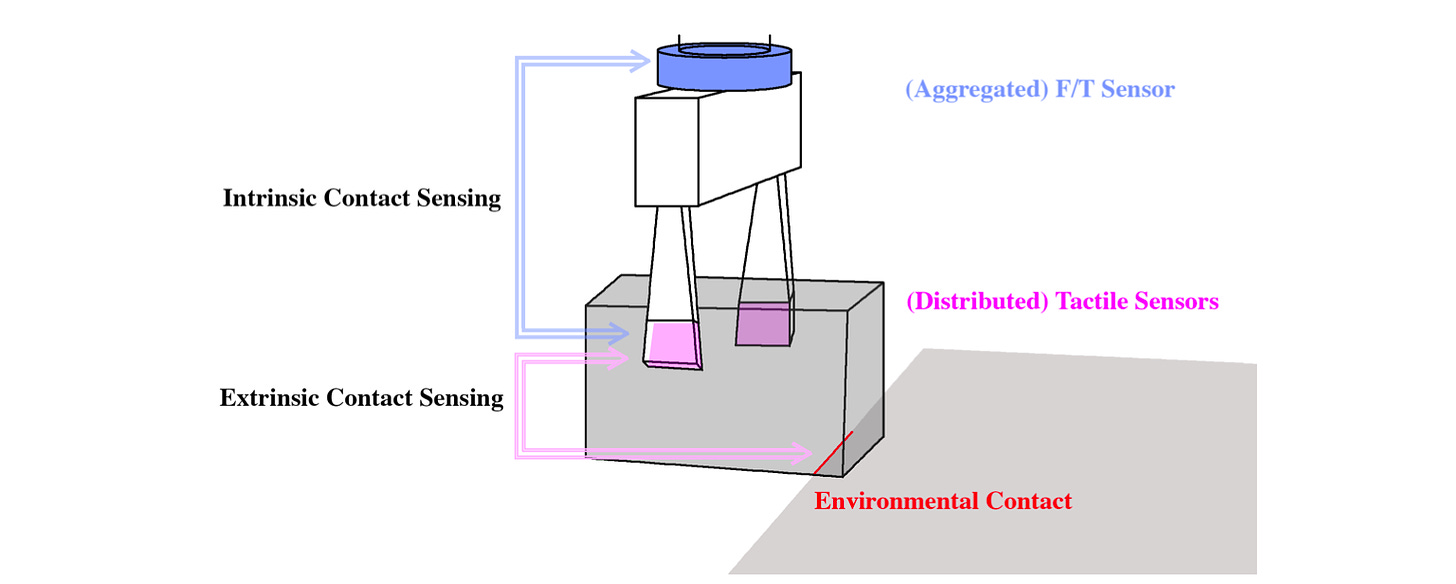Chinese Tech Firms at CVPR; RISC-V Processor 'XiangShan'; ICRA Best Paper
China’s AI news in the week of June 21, 2021
China tech firms celebrate CVPR 2021
At the annual premier computer vision conference CVPR 2021, which kicked off last week, China is expected to be the No.1 contributor by country with the most submitted papers.
The event is also seen as a battlefield where Chinese tech giants and AI startups show their strong presence and flex muscles. Below is a quick review of major companys’ performance.
Chinese AI unicorn SenseTime continues its dominance at CVPR 2021 with 66 accepted papers (contributed mainly by their joint research with top-tier universities). One research paper that caught my attention is NeuralRecon: Real-Time Coherent 3D Reconstruction From Monocular Video, which introduces a technique to reconstruct 3D scene geometry from a monocular video with known camera poses in real-time. This means a smartphone without embedded in-depth sensors like LiDAR can build a 3D environment. The paper is selected as one of the best paper candidates.
Tencent, Baidu, and face tech startup Megavii each has 20+ papers accepted. Megvii's paper RepVGG: Making VGG-style ConvNets Great Again is quite refreshing, using a simple VGG architecture with a stack of 3x3 convolution and ReLU for image classification. Baidu's Drafting and Revision: Laplacian Pyramid Network for Fast High-Quality Artistic Style Transferintroduces a novel feed-forward method called LapStyle to balance costs and performance for style transfer.
Chinese scientists unveil RISC-V Processor 'XiangShan.'
Researchers from the Chinese Academy of Sciences recently introduced an open-source, high-performance RISC-V processor project, dubbed XiangShan (香山), at RISC-V World Conference China 2021. The project, which has amassed over 50,000 lines of code since June 2020, is open-sourced on GitHub.
The mission of the XiangShan project is to develop an open-source RISC-V core master branch like Linux to be widely utilized in both industry and academia, said researchers.
The first-gen micro-architecture of XiangShan Yanqihu (雁栖湖), which achieves a maximum clock frequency of 1.3 GHz and a 7/Ghz performance measured on SPEC2006, will be taped out on TMIC’s 28nm this July. Its microarchitecture is shown above.
The second-gen XiangShan, also known as Nanhu (南湖), is still under development on the master branch with an estimated performance of 20 GHz at a maximum clock frequency of 2 GHz, close to i9-10900K of 11.08/GHz. In comparison, SiFive announced its P550 with a SEPC2006 score of 8.65/GHz. It will be taped out by the end of this year using SMIC's 14nm process.
The future generation of XiangShan will perform comparable to ARM A76, the team said.
ICRA 2021 Best Paper address the tactile perception
How to build a robot that emulates humans’ hands to perform fine-grained assembly works? This paper may give you a clue.
The 2021 International Conference on Robotics and Automation (ICRA 2021) took place earlier this month. The IEEE ICRA Best Conference Paper Award winner is the paper Extrinsic Contact Sensing with Relative-Motion Tracking from Distributed Tactile Measurements.
The review of the paper stated: “The paper makes a notable contribution to the important and re-emerging field of tactile perception by solving the problem of contact localization between an unknown object held by an imprecise grasp and the unknown environment with which it is in contact….”
The industry is looking at robots with better versatility and flexibility to perform tasks like assembly. In addition to visual sensing, tactile sensing and perception is also a key research topic that aims to endow robots with the ability to perceive objects or judge sensations through the sense of touch.
The research team proposed a so-called extrinsic contact sensing problem, which refers to inferring the location of external contacts of an unknown grasped rigid object with its environment. They validated their approach using GelSlim 3.0, a high-spatial-resolution tactile sensor, in simulation and with real experiments on the case studies of fixed point and line contacts.
Investment news
Chinese self-driving tech startup WeRide.ai announced its Series C round of funding has closed with $600 million raised in the past five months, bringing its valuation to $3.3 billion. CEO Tony Han said its robotaxi fleet has been providing a safe autonomous driving service to the public for over 18 months thus far.
Insilico Medicine, a Hong Kong-based AI-powered drug development and discovery platform, announced $255 million in Series C financing last Tuesday. The investment was led by Warburg Pincus and participated by current investors like Qiming Venture Partners, Sinovation Ventures, and Baidu Ventures. The company is recently known for creating a never-before-tried biological target linked to pulmonary disease.
SmartMore, a vision AI company applying computer vision to intelligent manufacturing and ultra-HD video industries, has completed a $200 million Series B funding from IDG Capital, CoStone Capital, Sequoia Capital China, Green Pine Capital Partners, Lenovo Capital, ZhenFund. Founded in 2018, the company has developed and produced over 30 intelligent manufacturing software and hardware integration solutions in automobile manufacturing, consumer electronics, semiconductors, precision optics, and transportation.






